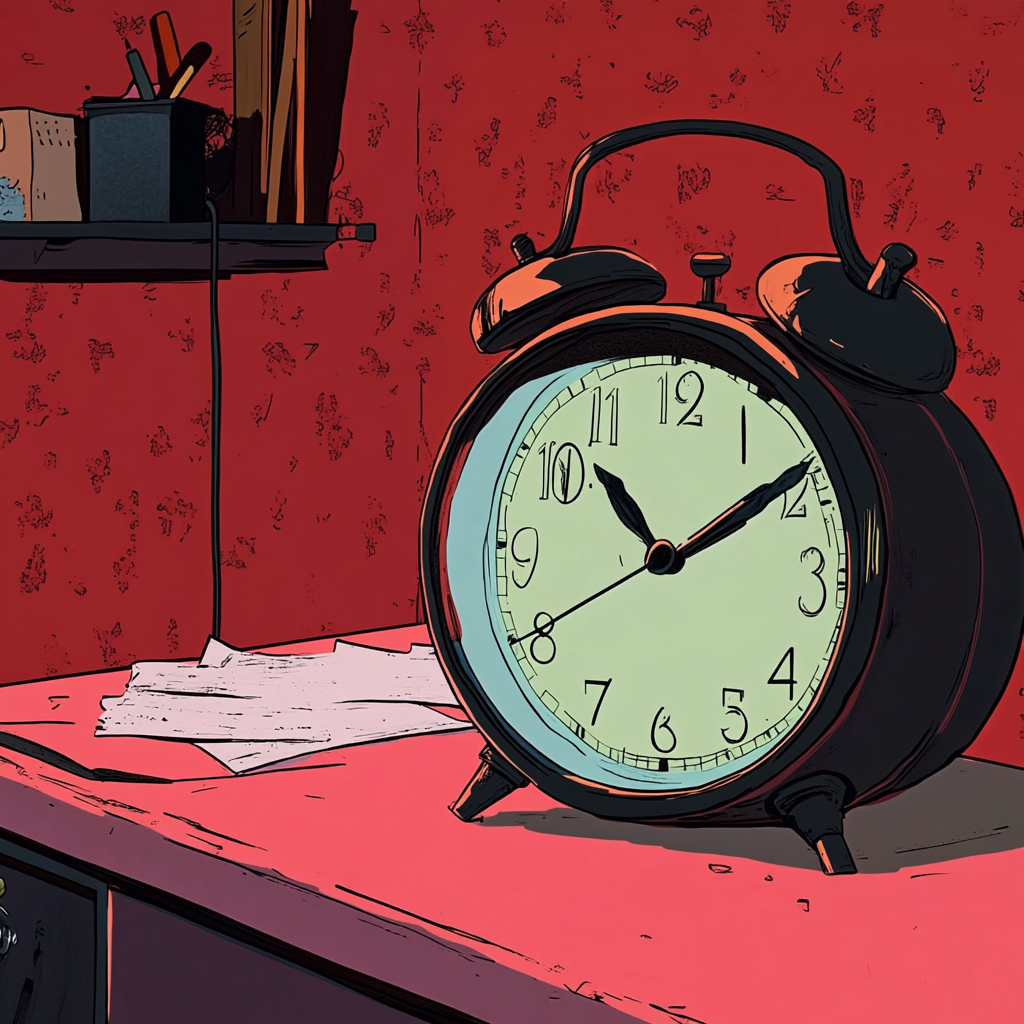Hack Your Brain for a Better Self-Relationship

Ever wonder why you hit snooze on your 6 AM workout alarm (for the fifth time this week) but never miss a 6 AM flight? Or why you keep that expensive gym membership you haven't used since January 2nd? Welcome to the fascinating world of behavioral economics, where your irrational brain meets your best intentions!
Turns out, the same principles that explain why we impulse-buy at Target can transform how we relate to ourselves. Let's dive into how you can "hack" your quirky brain to build a healthier, happier relationship with yourself, no economics degree required!
Your Brain's Favorite Shortcuts (And How to Outsmart Them)
The "Future-Me Will Handle It" Trap
The Science: Behavioral economists call this "hyperbolic discounting"[7]. We value immediate rewards over future benefits, even when the future benefits are objectively better.
Real-Life Scenario: It's 11 PM. Tomorrow-You needs to be well-rested for a big meeting. But Tonight-You really wants to watch "just one more episode" that somehow turns into a full season.
The Hack: Try the "10-Minute Rule." When tempted to procrastinate on self-care, commit to just 10 minutes of the beneficial activity. Tell yourself, "I'll just meditate for 10 minutes, then I can watch Netflix." Those 10 minutes often turn into the full session once you've overcome the initial resistance. Your brain's inertia works both ways[1]!
The "I've Already Blown It" Spiral
The Science: The "abstinence violation effect"[3] occurs when a small setback triggers complete abandonment of your goals.
Real-Life Scenario: You eat one cookie from the office snack table, think "I've ruined my diet anyway," and proceed to eat the entire plate.
The Hack: Practice "failure framing." Instead of seeing setbacks as evidence that you're flawed, frame them as data points in your personal research project. "Interesting! I notice I reach for cookies when I'm bored in meetings. What experiment could I try next time?"
Design Your Environment, Design Your Life
Choice Architecture for Your Better Self
The Science: Your environment shapes your choices more than willpower ever could[4].
Real-Life Scenario: You want to journal daily but never remember until you're already in bed, exhausted.
The Hack: Place your journal on your pillow each morning, so you literally can't go to bed without moving it. While you're at it, open it to a fresh page with a pen clipped to it. Make the desired behavior the path of least resistance!
The Power of Precommitment
The Science: We're more likely to follow through when we've made commitments in advance[2].
Real-Life Scenario: You want to save money, but somehow your paycheck vanishes before you can transfer funds to savings.
The Hack: Set up automatic transfers on payday, what behavioral economists call a "commitment device." Can't back out if the money's already moved! Apply this to self-care by scheduling workouts with a friend (the social commitment makes you show up) or prepaying for classes (the financial investment keeps you going).
Reframe Your Brain Game
Loss Aversion for Good
The Science: We feel losses more intensely than equivalent gains[6].
Real-Life Scenario: You're more motivated by not losing $100 than by gaining $100.
The Hack: Create a "self-care streak" that you don't want to break. Apps that track daily habits tap into your loss aversion. You'll meditate today because you don't want to lose your 20-day streak! For extra motivation, tell a friend about your streak. Now you're protecting both your streak AND your reputation.
Mental Accounting That Actually Adds Up
The Science: We categorize money differently based on how we acquired it or intend to use it[5].
Real-Life Scenario: You treat your tax refund as "found money" and splurge, but carefully budget your regular paycheck.
The Hack: Create a "self-investment account," literal or metaphorical, where you deposit time or money specifically for your wellbeing. Frame self-care not as an indulgence but as a high-return investment in your most important asset: you[8]!
Become Your Own Behavioral Economist
The most powerful insight from behavioral economics isn't which biases exist, it's the awareness that they're operating in the first place. When you catch yourself making choices that don't align with your goals, get curious instead of critical.
Ask yourself: "What's the hidden incentive here? How could I restructure this situation to make my desired choice easier?"
Remember, your irrational brain isn't a design flaw. It's just running on ancient software that needs a few modern updates. With these behavioral "hacks," you can create a more compassionate, effective relationship with yourself, quirks and all.
Now, who's ready to trick themselves into becoming their own best friend?
What behavioral economics hack will you try first? Share your experiences with building a better self-relationship in the comments below!
References
- Acland, D., & Levy, M. (2015). Naiveté, projection bias, and habit formation in gym attendance. Management Science, 61(1), 146-160.
- Bryan, G., Karlan, D., & Nelson, S. (2010). Commitment devices. Annual Review of Economics, 2(1), 671-698.
- Marlatt, G. A., & Donovan, D. M. (2005). Relapse prevention: Maintenance strategies in the treatment of addictive behaviors. Guilford Press.
- Thaler, R. H., & Sunstein, C. R. (2008). Nudge: Improving decisions about health, wealth, and happiness. Yale University Press.
- Thaler, R. (1985). Mental accounting and consumer choice. Marketing Science, 4(3), 199-214.
- Kahneman, D., & Tversky, A. (1979). Prospect theory: An analysis of decision under risk. Econometrica, 47(2), 263-291.
- Strotz, R. H. (1955). Myopia and inconsistency in dynamic utility maximization. The Review of Economic Studies, 23(3), 165-180.
- Hershfield, H. E. (2011). Future self-continuity: How conceptions of the future self transform intertemporal choice. Annals of the New York Academy of Sciences, 1235(1), 30-43.